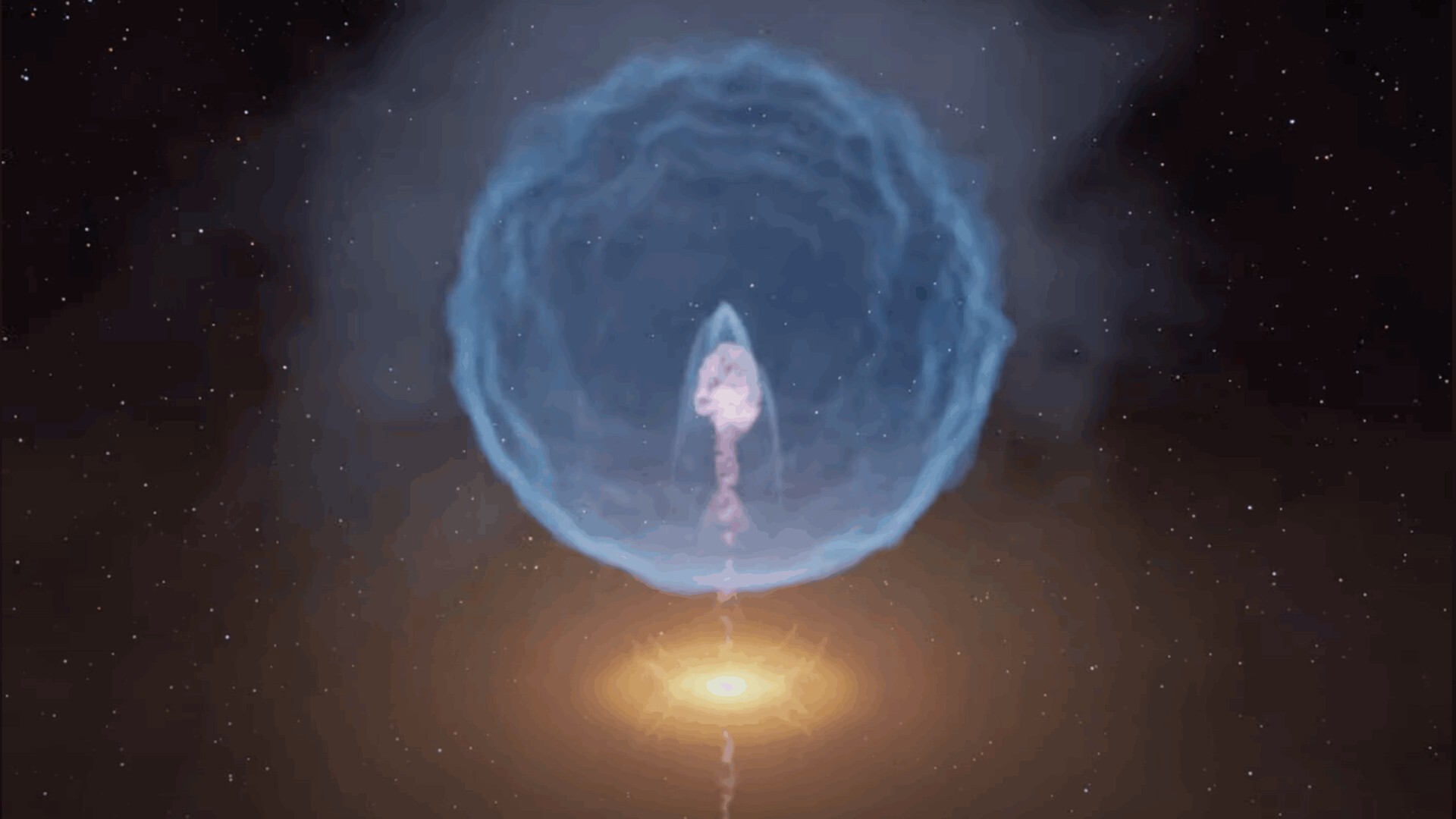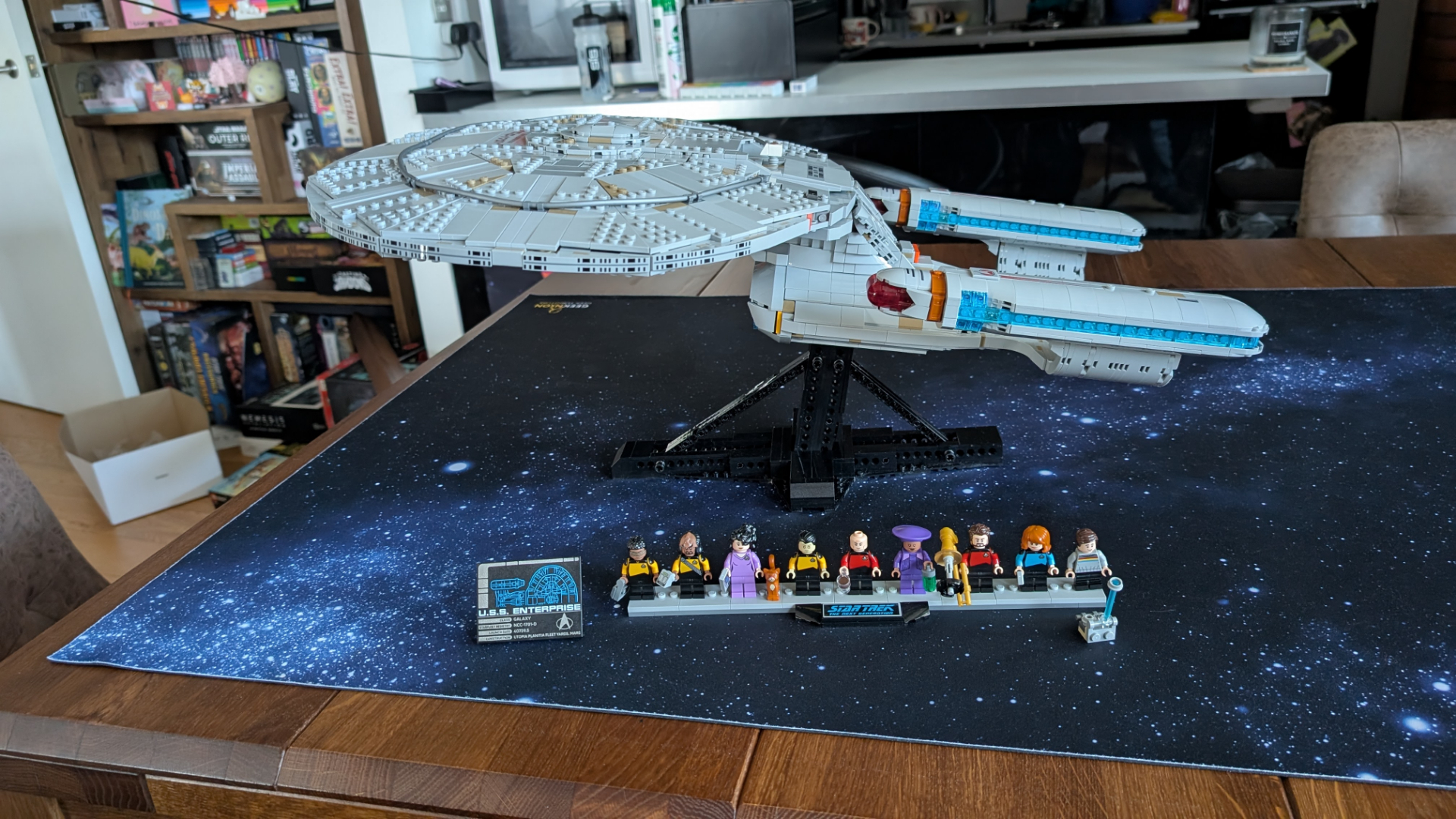This baby star's big explosion fired back: 'Nature is far more complex than humans think'
"In science fiction, there are scenes where a beam is fired at something to destroy it, causing an explosion with debris flying back at the shooter. Similar things occur in real astronomical phenomena, but with greater intensity."

A team of Japanese astronomers have spotted an explosion in deep space that is not only influencing the very star that triggered it, but also distorting the planet-forming disk surrounding it.
The discovery suggests that if such explosive events are commonplace in young star systems, newborn stars and any planets that form around them may exist in environments far more chaotic and intense than previously thought, according to a new study.
The event was discovered by a group of researchers led by Masataka Aizawa of the Ibaraki University in Japan while reanalyzing archival data from the ALMA (Atacama Large Millimeter/submillimeter Array) telescope in Chile. The researchers identified an expanding bubble of gas near WSB 52, a young star harboring a dusty disk roughly 440 light-years from Earth in the constellation Ophiuchus. This bubble was not only expanding outward, but also crashing into the disk swirling around the star, known as a protoplanetary disk.
"In science fiction, there are scenes where a beam is fired at something to destroy it, causing an explosion with debris flying back at the shooter," Aizawa said in a statement describing the discovery. "Similar things occur in real astronomical phenomena, but with greater intensity."
A protoplanetary disk is the birthplace of planets, composed of material leftover from the same gas cloud that created the star. Typically, some of this material is ejected in high-speed jets as the star spins, helping to shape the system.
But in this case, one of these jets appears to have done more than just release excess material, according to the statement. The astronomers suspect that a high-speed jet from the star collided with a nearby clump of cold gas, compressing it until it exploded. This explosion formed a massive bubble that is now colliding with and distorting the surrounding disk of dust and gas.
The chances that the expanding bubble just happened to align with the star's rotation axis by random chance "are effectively zero," the researchers noted in the statement. This strongly suggests that the explosion was indeed triggered by the star itself.
Breaking space news, the latest updates on rocket launches, skywatching events and more!
Similar bubbles have been detected around young stars before, astronomers say, but this is the first time one has been observed to collide with and distort a protoplanetary disk.
This phenomenon, which the team named as jet-bubble-disk interaction, "was also not predicted theoretically," the statement read. This is significant because it could impact how planets form and the environment in which they are born, according to the new study.
"Through this discovery, I once again realized that nature is far more complex than humans think."
This research is described in a paper published Aug. 4 in The Astrophysical Journal.

Sharmila Kuthunur is an independent space journalist based in Bengaluru, India. Her work has also appeared in Scientific American, Science, Astronomy and Live Science, among other publications. She holds a master's degree in journalism from Northeastern University in Boston.
You must confirm your public display name before commenting
Please logout and then login again, you will then be prompted to enter your display name.


